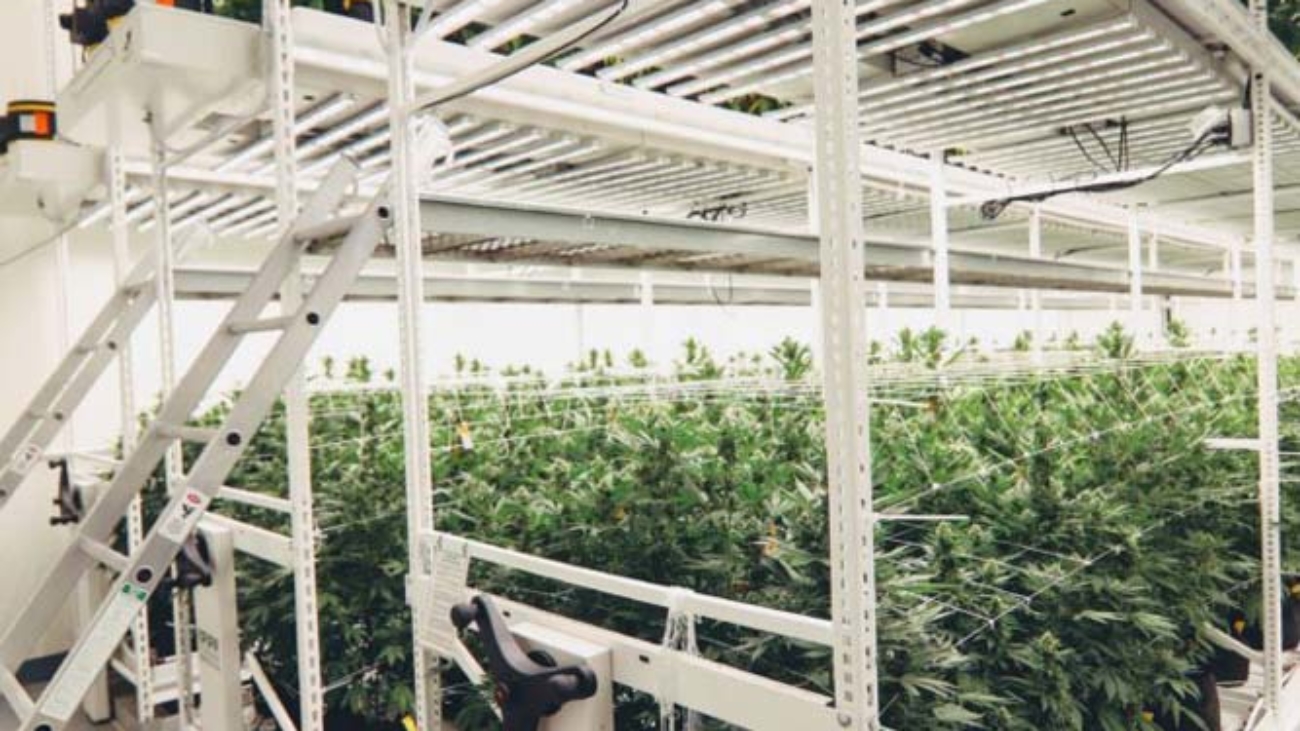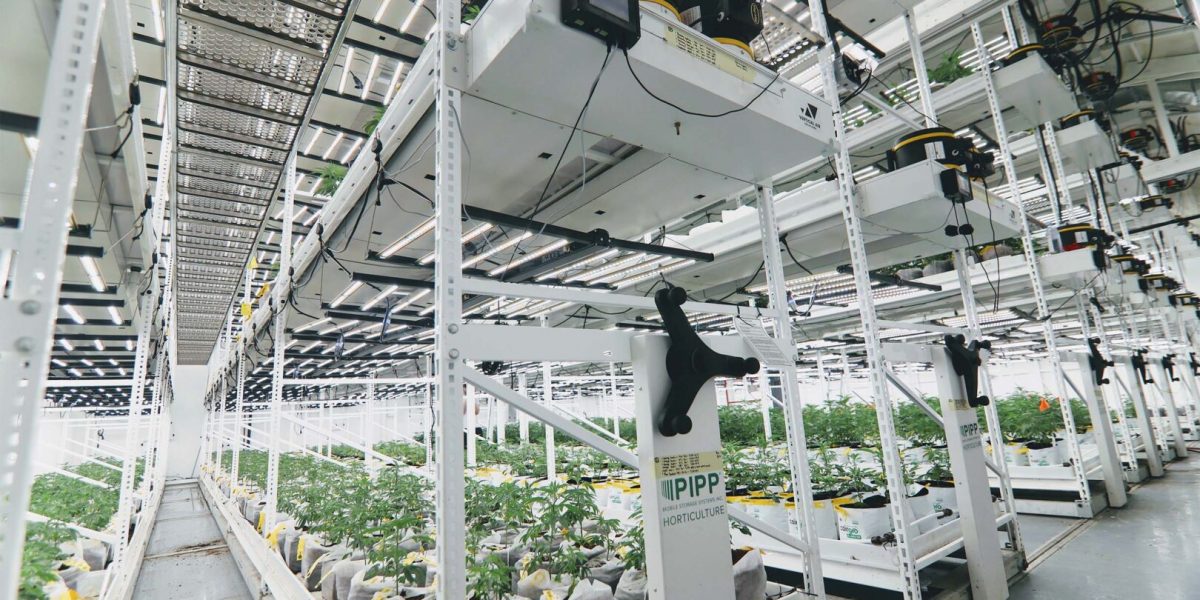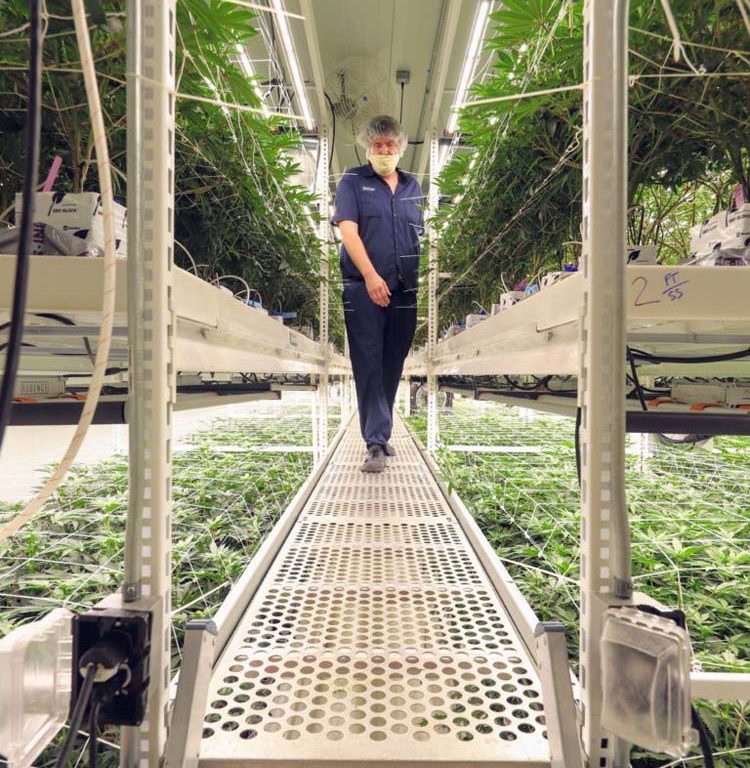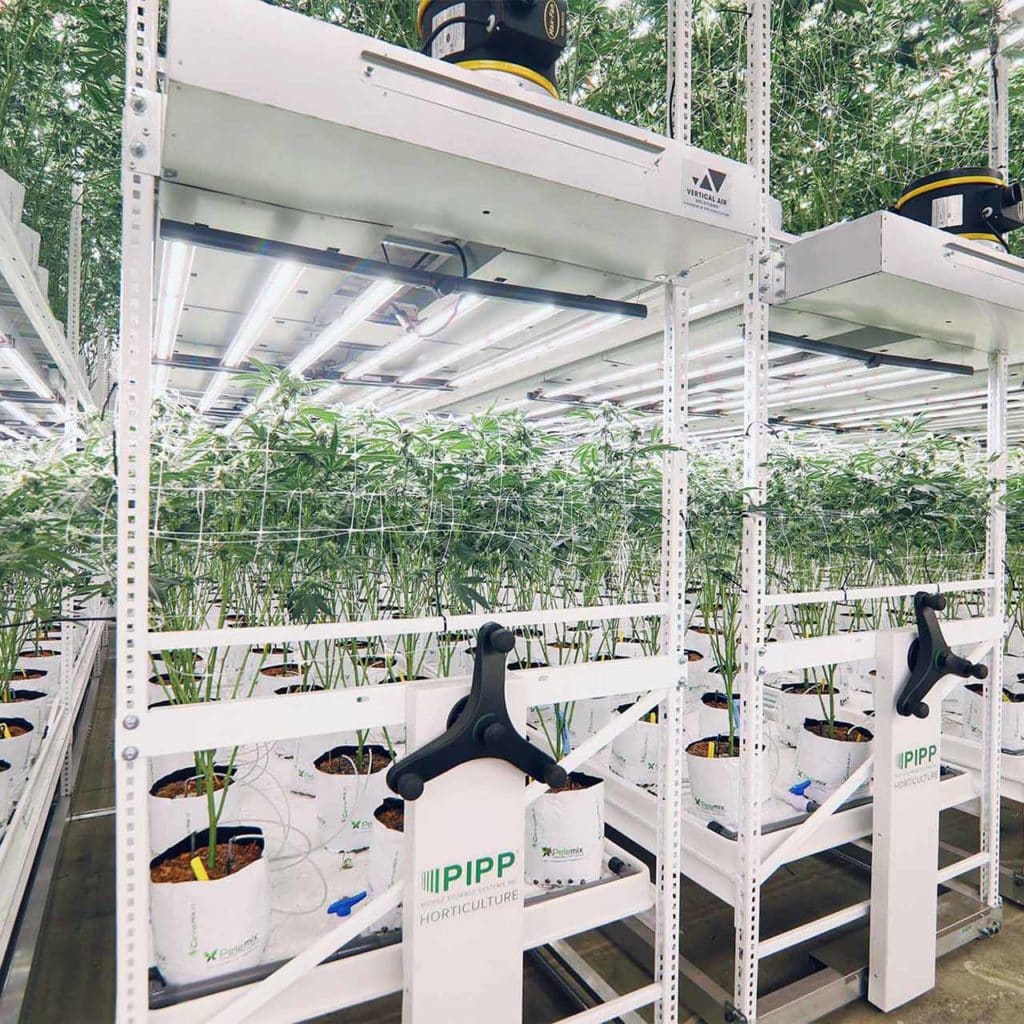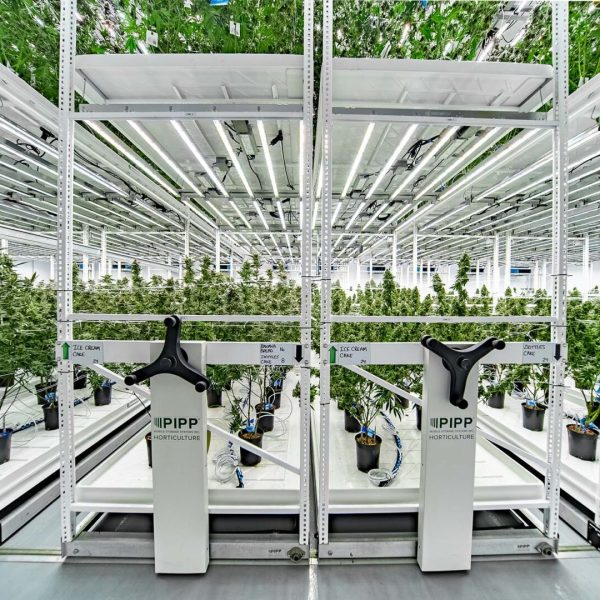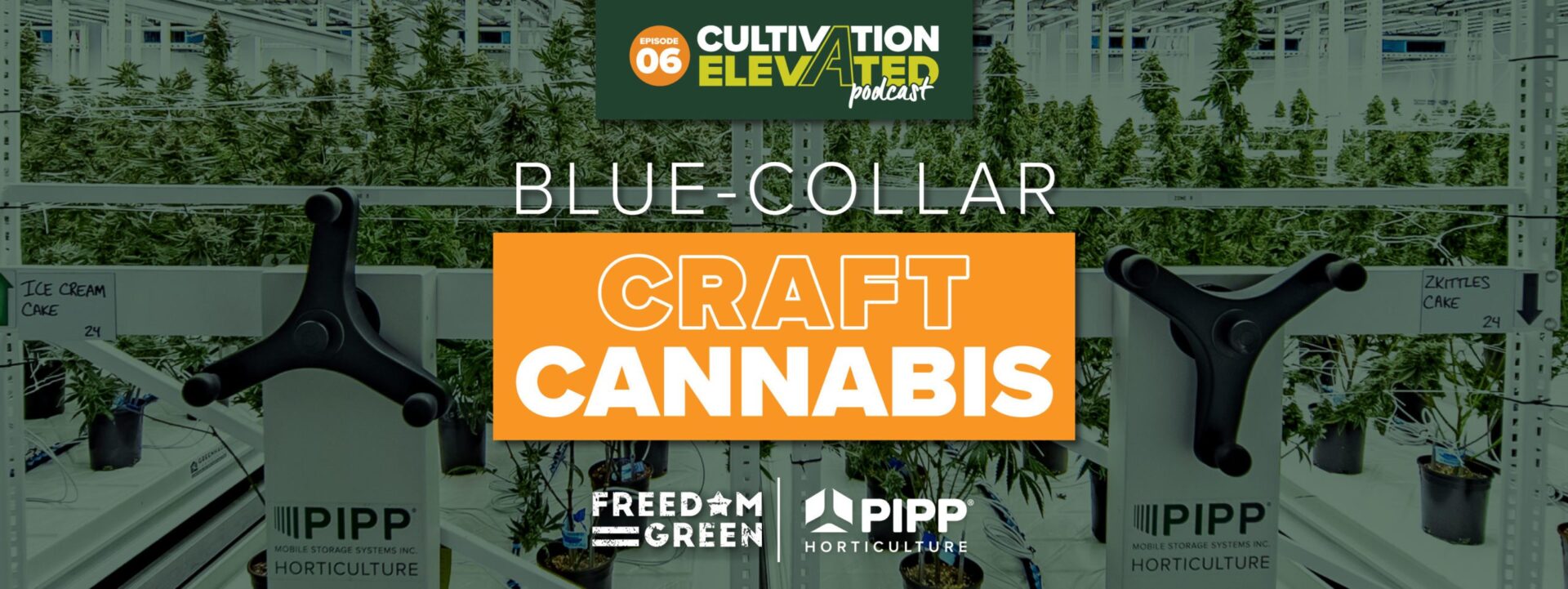Episode 7: Harvested by Hand, Crafted by Culture with CULTA
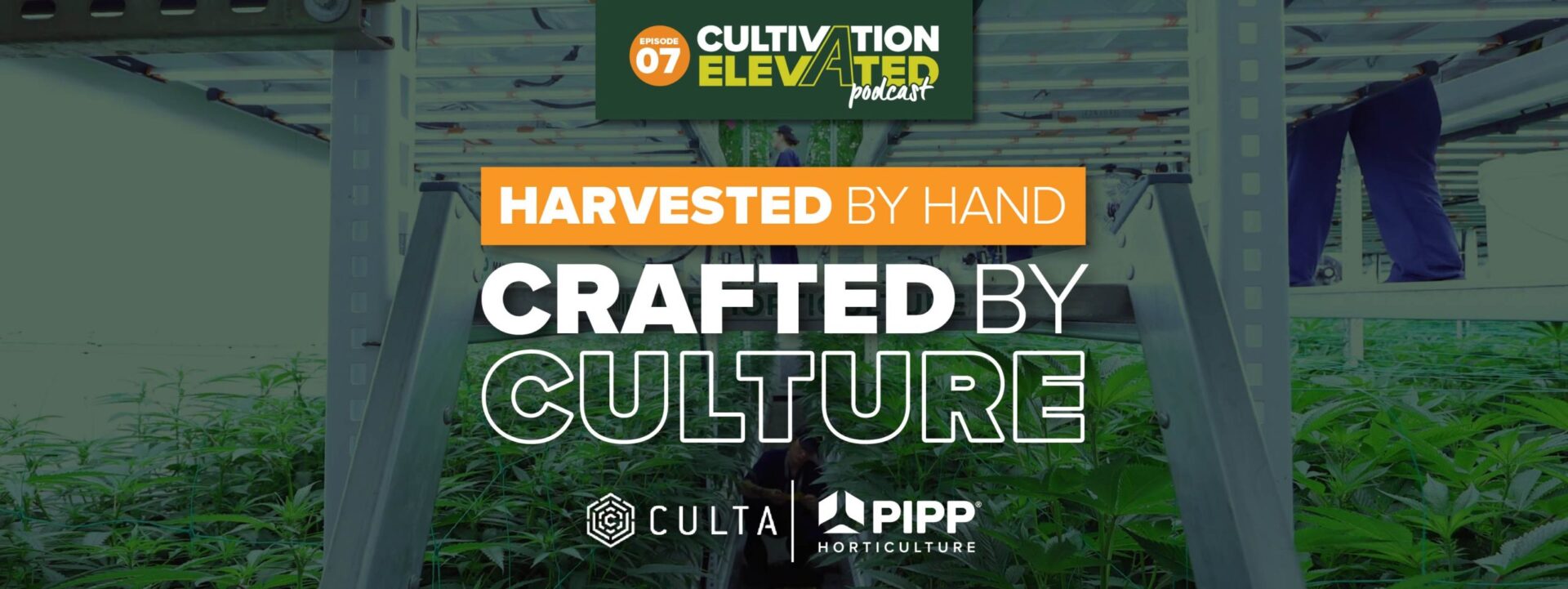
Summary:
Jay Bouton is the Senior Director of Cultivation at Culta, Maryland’s vertically-integrated craft cannabis brand. Today, Jay joins the show to share his role at Culta, the inspiration behind the name, and their work at Culta. Jay expounds on the Cravo system, the maturation time of crops, and why he considers Workplace of the Year to be the highest honor achievable.
*Medical cannabis is for certified/qualifying patients only. You must be at least 18 years old to view content.
Key Takeaways
00:31 – Michael introduces today’s guest, Jay Bouton, who shares the inspiration behind the name Culta, what it means to say that Maryland is a ‘limited license state,’ and the concept behind vertical integration
06:57 – Jay paints a picture of the history behind the building infrastructure that Culta currently uses
10:18 – An indoor, outdoor and greenhouse grower
14:03 – The Cravo system explained
20:04 – Jay speaks to the Indoor growing they are doing at Culta
22:01 – Flowering rooms and average maturation time
31:04 – Grower of the Year, Product of the Year, & Workplace of the Year
36:33 – A collaboration with Dartmouth
37:57 – Genetics and Pheno-hunting, explained
42:36 – Traits Jay looks for in a cultivar
52:28 – Selecting an equipment vendor
55:54 – Partnering with Pip Horticulture
58:51 – What the future holds for Culta
1:03:51 – Michael thanks Jay for joining the show and sharing his story
1:04:45 – Advice Jay would give to those looking to enter the cannabis industry
Shareable Quotes
“We’re the second largest employer in town now. And, as we keep on growing, I know we’ll become number one. There’s more opportunity that Culta can offer a lot of the people from Cambridge than The Hyatt or these other companies. There’s much more room for growth. You’re being educated everyday at work. We’re growing the people just as much as we’re growing the plants.” (09:51)
“With outdoor, we’ve gone through two hurricanes. We’ve gone through a drought. We’ve gone through five straight days of rain. So, we have an idea of where everything’s gonna go, but you honestly have to see how that season treats you before you can really decide if this is an extraction year or a flower year.” (16:53)
“It’s kind of humbling to know that, no matter how good or big we think we are, in the grand scheme we’re a smaller, middle ground company. But that also allows us to really focus on what matters.” (31:48)
“What we’re most proud about is The Workplace of the Year in the cannabis industry. Being Grower of the Year is awesome. Being Product of the Year is awesome. But being recognized as the employer where employees would much rather be, that makes us prouder than anything.” (33:15)
“We won’t put anything out there that we wouldn’t smoke ourselves.” (1:03:22)
Resources
CULTA – https://www.culta.io/
CULTA Facebook – https://www.facebook.com/cultamaryland
CULTA Instagram – https://www.instagram.com/cultaig/?hl=en
CULTA YouTube Channel – https://www.youtube.com/c/CULTAMaryland/videos
Jay’s LinkedIn – https://www.linkedin.com/in/jay-bouton-v-b592691a2/
